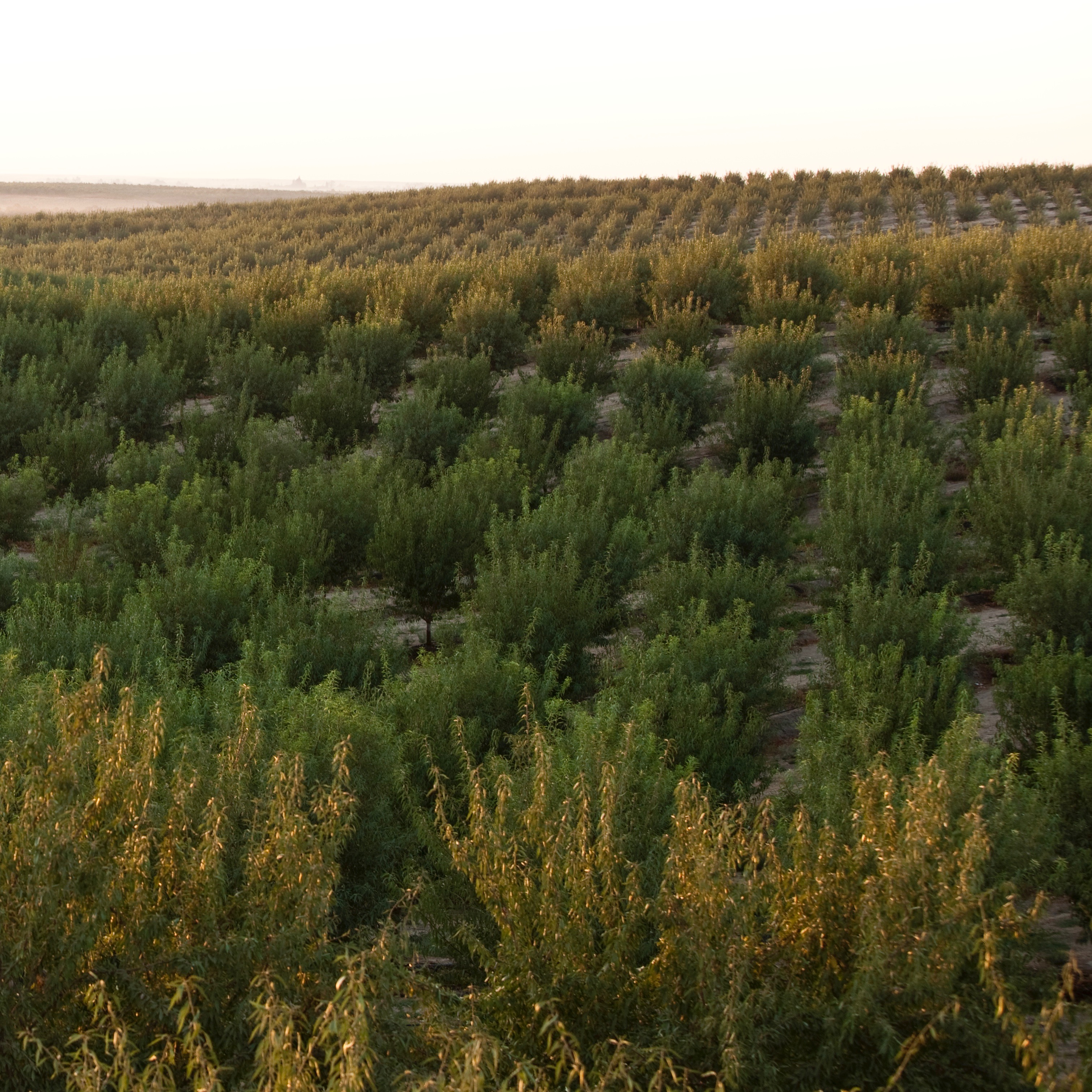Recently several Almond Board of California staffers attended and sponsored the Ninth International Life Cycle Assessment of Foods Conference in San Francisco. The event, known as LCA Foods 2014, was hosted by the American Center for Life Cycle Assessment, and united the scientific community with food industry professionals, researchers, academics and policy makers. This was the first time the conference had been held outside of Europe, and served as an opportunity to enhance U.S. agriculture through sustainability.
Decision-makers in many sectors – food and otherwise – have used the Life Cycle Assessment (LCA) technique to assess the environmental aspects and potential impacts associated with a product, process, or service. An LCA can help decision-makers know which product or process results in the least impact to the environment. This information can be used with other factors, such as cost and performance data, to select a product or process to use.
The typical process for conducting an LCA is to compile an inventory of all the relevant energy and materials needed, and any releases into the environment. The potential environmental impacts associated with these are then evaluated. And finally, the results are interpreted to help make informed decisions. Visit this EPA link for more information on the basics of LCA.
For our part, the Almond Board of California is currently working on a multi-phased Life Cycle Assessment managed jointly by the Department of Civil and Environmental Engineering and the Agricultural Sustainability Institute at the University of California-Davis, which is examining the footprint of almond production. This research is focused on conducting California-specific assessments for almonds instead of relying on global calculations of climate footprints from food products, which can vary according to climate, soil, transport distance and other geographically sensitive variables.
The first phase of the California Almond Life Cycle Assessment, which is complete, examines the climate impact and energy use of California almond production (from nursery to hulled and shelled almonds) over a typical 25-year lifespan of an almond orchard. Among its key findings, the research concludes that energy production from almond prunings and cleared trees is key to optimal almond production. In fact, it concludes that when these waste products are fully utilized, almond production can potentially be carbon neutral or even carbon negative.
Typically, almond growers sell some of their waste products to dairy farms, as almond hulls serve as feed for dairy cows, and shells serve as bedding for them. Almond shells are also used as an alternative energy source in co-generation plants.
The next phase of the almond life cycle assessment will explore the footprint of almonds beyond farm production – including activities such as blanching, roasting, packaging and transporting. And at the LCA Foods conference last week, ABC staffers and many others explored whether and/or how to bring a food or beverage’s nutrition into the LCA equation.
Two papers involving almonds had been accepted for presentation at the conference. One, “Comparing alternative nutritional functional units for expressing life cycle greenhouse gas emissions in food production systems,” was presented by co-author Alissa Kendall from the University of California-Davis. The paper noted that usually, LCAs of food products are reported using units of mass, and this doesn’t account for the benefits humans derive from them, especially nutritional value. It then compared three prominent California products – processed tomatoes, almonds and rice – using different functional units, and recommended that future studies are transparent in their reporting and use multiple functional units in order to compare products in multiple ways.
The other, “A comparative assessment of greenhouse gas emissions in California almond, pistachio and walnut production,” was presented by Elias Marvinney from the University of California-Davis. The study noted that using nut hulls, shells and waste biomass for energy production can generate significant greenhouse gas offsets. A “maximum energy scenario” in the study “revealed the extremely high potential for California nut orchard systems to act as a net reducer of greenhouse gas concentrations with the adoption of increased biomass co-product utilization practices and technologies.”


